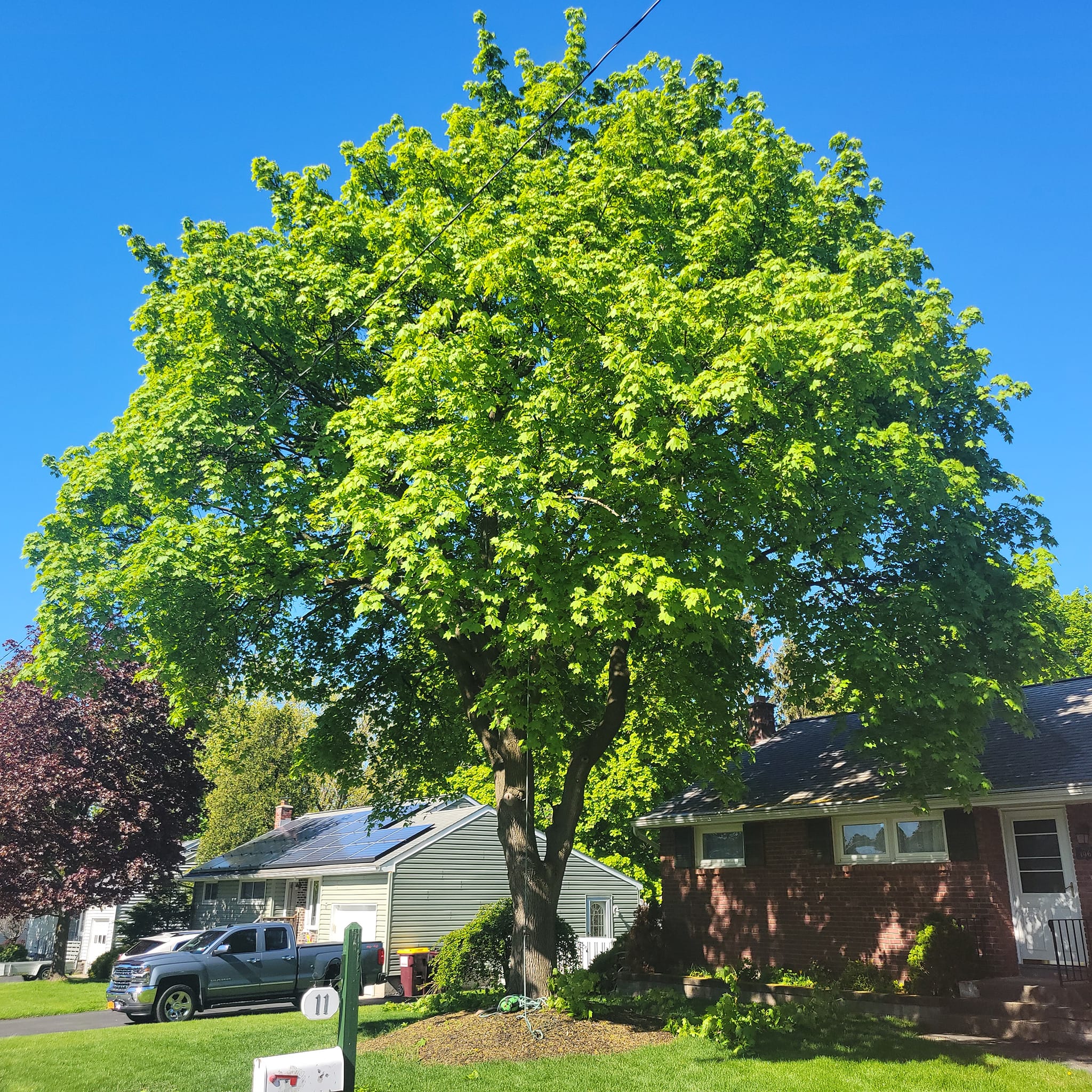
Achieving Harmony: Balancing Aesthetics and Functionality in Landscape Design Nov 02, 2025
When beginning a landscaping project, consider what you want your outdoor space to achieve. Are you looking for a peaceful retreat, a play area for children, or a place for entertaining guests? Defining the purpose of your space is a crucial first step. This intention will guide your design choices and ensure that both aesthetics and functionality are equally prioritized.
Start by assessing the natural elements of your landscape. The topography of your yard, existing plant life, and local climate conditions are all important factors to consider. Using plants and materials that thrive in your specific environment not only ensures longevity but also reduces maintenance efforts. T's Trees emphasizes using native plants, which are well-suited to local conditions and often require less water and care.
Next, focus on the design layout to optimize space. Employ zoning to create distinct areas within your garden, each serving a dedicated function. For instance, you might have a dining area with a durable patio, a lush garden with fragrant flowers for relaxation, and a lawn suitable for children’s games. This strategic organization not only enhances usability but also allows for a varied, intriguing landscape design.
Incorporating hardscape elements is another way to blend beauty with functionality. Features such as walkways, patios, and retaining walls add structure to your garden while also serving practical purposes. Quality materials and thoughtful designs can transform these features into focal points that enhance the overall aesthetic appeal. Paths can guide visitors through your garden, while patios can be outdoor dining spaces that extend your living area.
Lighting in landscape design cannot be overlooked. Proper lighting not only increases safety at night but also accentuates architectural features and plantings, creating a warm and inviting atmosphere. Solar lights, string lights, and LED fixtures are just a few options to consider. Lighting can dramatically change the nighttime landscape, providing an entirely new perspective on your garden.
Efficient water management is another critical aspect. Features like rain gardens, permeable paving, and smart irrigation systems can help manage water usage effectively, reducing environmental impact and maintenance costs. These elements should be factored into your design early on to ensure seamless integration.
Finally, intertwine personal style throughout the design. Whether through the choice of colors, types of plants, or decorative elements like sculptures or garden art, your landscape should reflect your taste and complement your home’s architecture. This personal touch is what transforms an ordinary garden into your personal haven.
In conclusion, achieving harmony in landscape design is about finding the perfect blend of aesthetics and functionality. At T's Trees, we believe that with thoughtful planning and expert guidance, you can create an outdoor space that not only looks beautiful but also serves your needs. As you embark on your landscaping journey, remember that your garden is an evolving entity, growing along with your family and lifestyle. Let it be a place of joy, relaxation, and utility, where every element is in harmony.
/filters:no_upscale()/filters:format(webp)/media/d1310ca5-b897-4b1d-a809-b62b51c5e065.jpeg)
/filters:no_upscale()/filters:format(webp)/media/d1310ca5-b897-4b1d-a809-b62b51c5e065.jpeg)